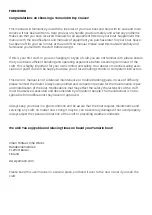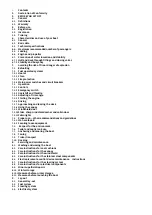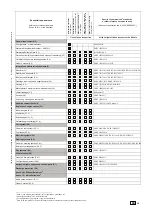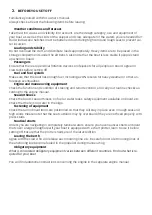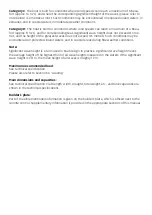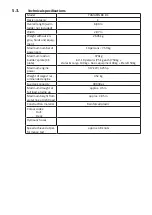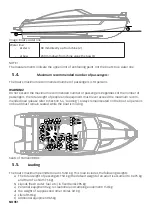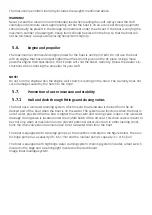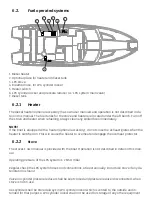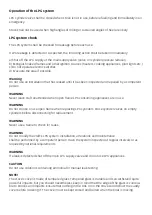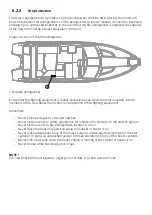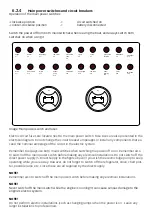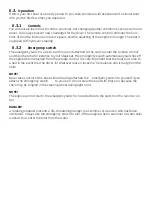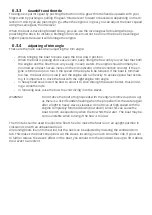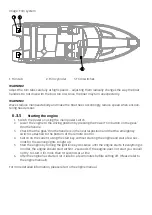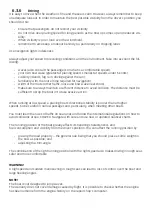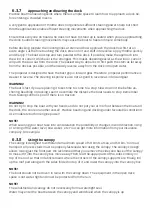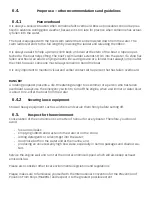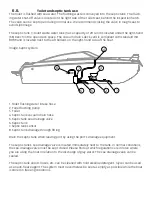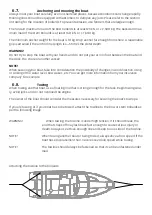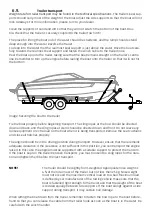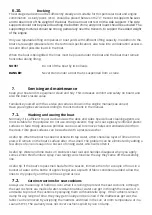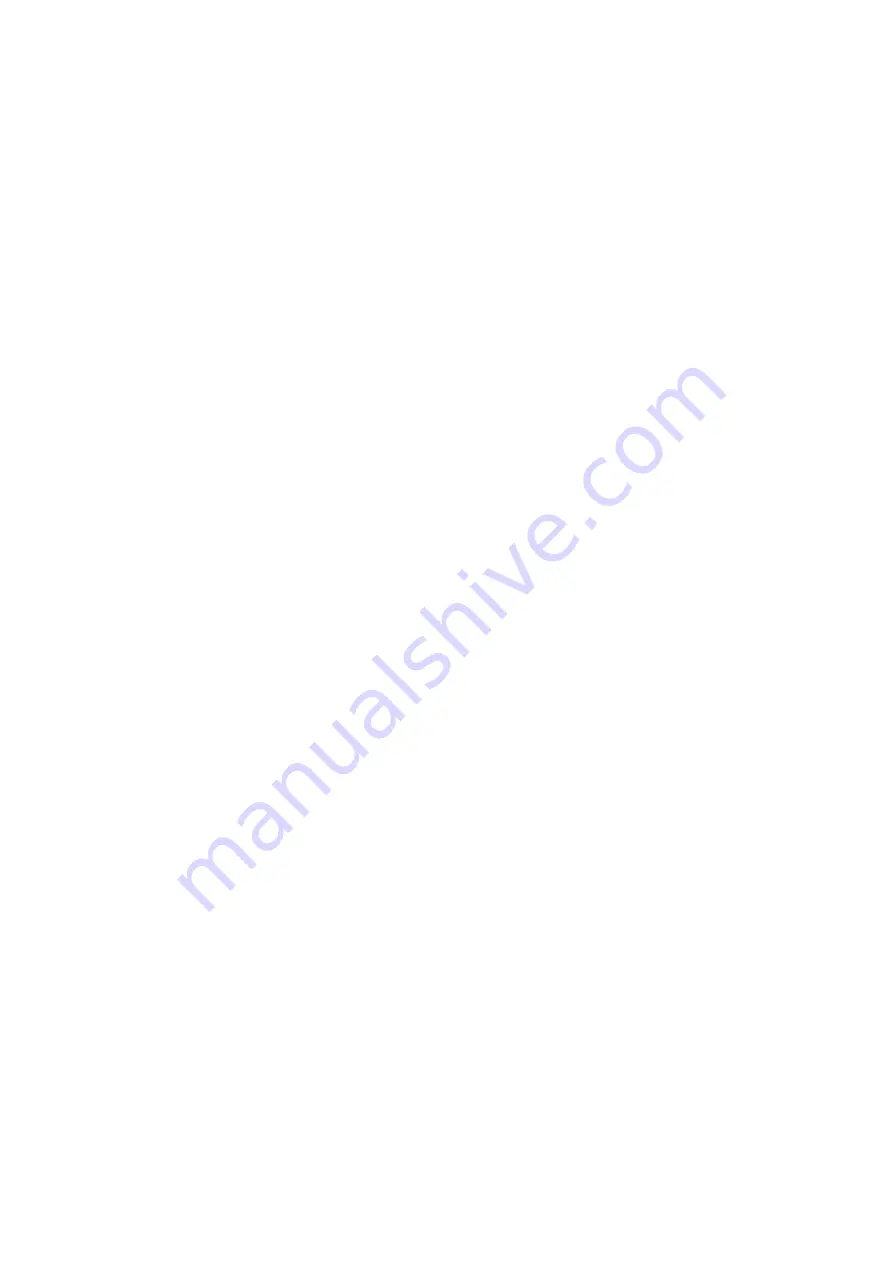
through the hull through fittings, especially as the boat ages. Always remember to check the bilge
before you leave the boat at quay or buoy, and always before setting off. Have any leaks repaired at
an authorised repair shop.
WARNING!
The boat’s handling properties may become extremely dangerous if there is water in the bilge.
WARNING!
The boat’s hull windows must be kept closed when the boat is moving. Also close the windows
when you leave the boat at pier or buoy. In rough weather, hatches, drawers and doors should be
kept shut to minimise the risk of them filling with water.
5.7.2
Stability and buoyancy
Please note that stability will be reduced by any weight added high up on the boat. Any change in
the distribution of weight on board may significantly affect the stability, trim and performance of
your craft. Please remember that large breaking waves always present a serious danger to stability.
6.
Avoiding the risk of fire or danger of explosion
6.1.
Refuelling
Shut off the engine and extinguish any cigarettes before starting to refuel. During refuelling, do not
use switches or appliances that can cause a spark.
If the nozzle shuts off in the middle of refuelling, turn it roughly 90 degrees to prevent the fuel jet
from hitting the chain’s mounting screw.
When refuelling at a service station, do not use a plastic funnel, since it will prevent the tension be-
tween the refuelling nozzle and filling vent from being discharged.
Hint: If you are afraid of getting fuel on the teak deck during refuelling, wet the deck with water. You
can also hold a rag in front of the fuel filler to prevent fuel from splashing on the deck.
Always keep a spare can of fuel on board. The anchor boxes at the stern are especially suitable for
storing the spare canister. There is no risk of vaporised fuel coming into contact with battery com-
partments or the electrical system from either of these boxes.
Do not stow any loose items under the aft seat that could prevent fuel flow to the engine if they
shift. This is particularly important for items that may press against hoses or the fuel filter. Check
the fuel hoses annually for wear, especially at through fittings.
Please note that, depending on the trim of the boat or the boat’s heeling angle, it might not be pos-
sible to use the full capacity of the tanks.
WARNING!
Vaporised fuel is highly explosive. Observe these instructions and the utmost caution during refuel-
ling. The smell of fuel always means that there is vaporised fuel on your boat.
Summary of Contents for 88 Day Cruiser
Page 1: ...Yamarin 88 Day Cruiser Owner s manual Käyttäjän käsikirja Användarhandbok ...
Page 2: ......
Page 3: ...Yamarin 88 Day Cruiser Owner s manual ...
Page 44: ......
Page 45: ...Yamarin 88 Day Cruiser Käyttäjän käsikirja ...
Page 85: ...Yamarin 88 Day Cruiser Användarhandbok ...
Page 125: ......



